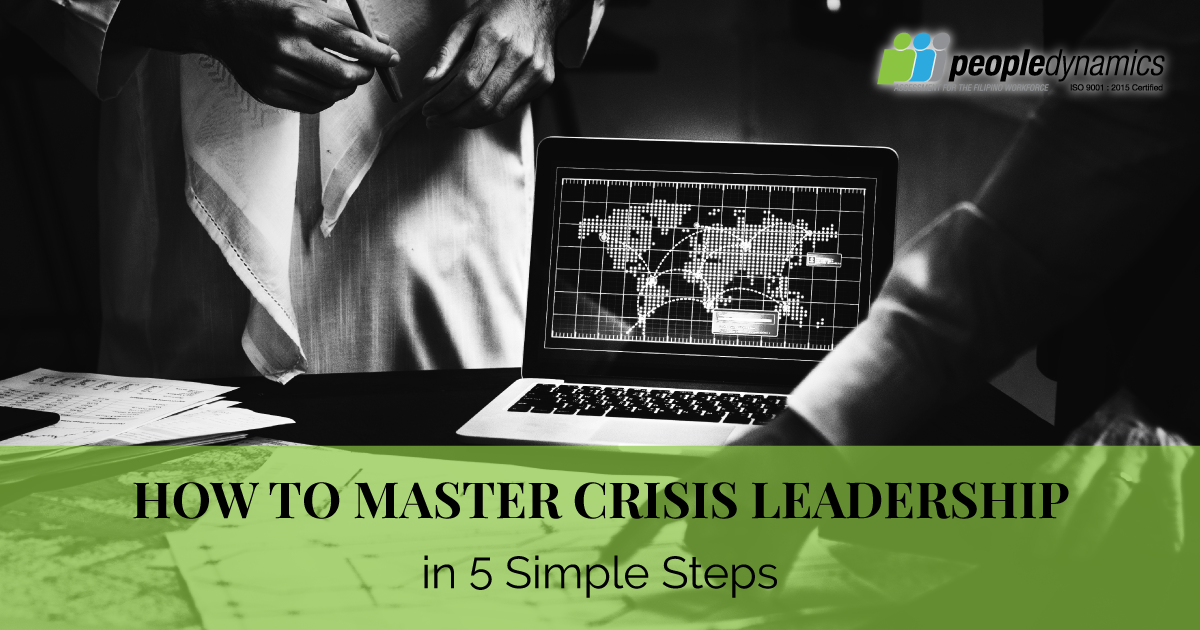The only constant in life is change—it is inevitable. No one is invincible to change, and as much as the organization you belong to functions well with the existing policies and procedures, it will not be forever. Change doesn’t necessarily mean that everything will be turned upside down–it can be just the small things!
This is where change management, which discusses how to thrive in uncertainty, how to handle changes in an organization, and how to succeed in an evolving professional life, comes in.
But before you go and start a change program or designate who’ll manage it, here are some questions to consider when shaping any change program.
Creating a change program? Ask yourself the following:
Where are we?
At this moment, where are you? What is happening right now? What is your current situation?
Where do we want to go?
Set your goal. In creating a change program, you have to clearly define what it is that you want to achieve by creating the program. Remember to be SMART—specific, measurable, achievable, realistic, and time bound.
Are we ready to start?
Once you’ve defined what you want to achieve, know first if you’re ready to start with creating the program. Do you have all the resources you’re going to need? Are you fully informed?
What practical steps do we need to take?
You need to do a lot of things, that’s for sure. But aside from listing down what you need to do, you also need to list down what you don’t need to do.
How do we manage the journey?
Make sure to involve everyone. Change is not just a single person’s effort, but a collaborative one from all members of the organization. Be transparent, and always update your people. If possible, show them the impact of the change and their contribution to it. But also make sure that your people are making real progress—progress that is still going towards your goal.
How do we keep moving forward?
Your goal is not the end of it. You need to make sure that there is continuous improvement. You could re-purpose some of your transformation infrastructures to have an ongoing role in facilitating knowledge sharing and learning methods, and provide expertise to help the company continue to improve.
A lot of things come and go, but there’s nothing wrong with adapting and changing some things in your organization to be left out. A mobile company already made that mistake, relying on their prowess in the market and ignoring the shift in what the people want. Don’t be like that!




